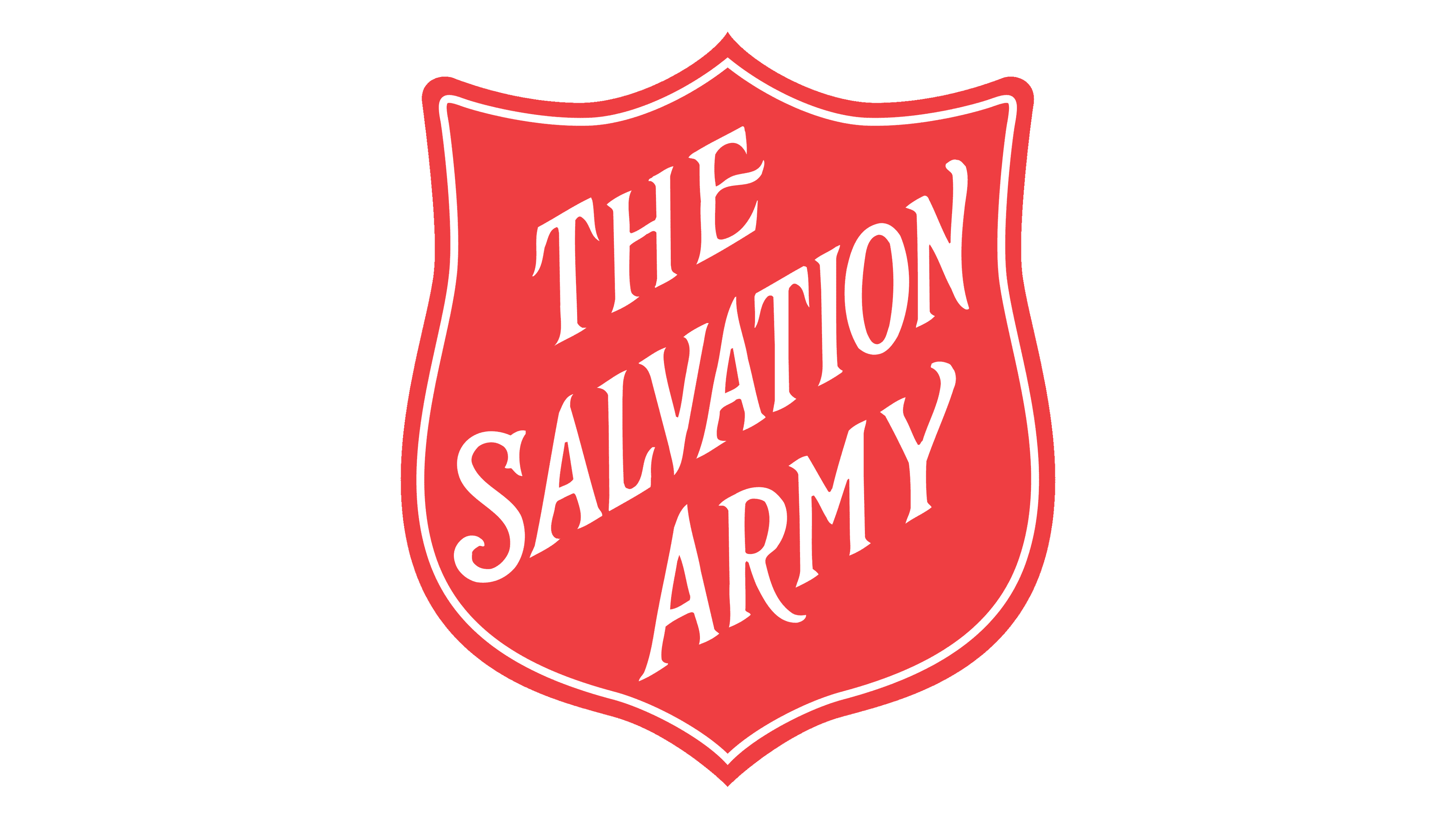The Salvation Army Logo
The Salvation Army, a global charitable organization, primarily focuses on providing aid to those in need, including homeless shelters, disaster relief, and rehabilitation programs. It operates in numerous countries, offering services tailored to local communities. This Christian-based entity remains self-governed by an internal structure, not owned by any external body. Its funding largely comes from donations, thrift stores, and various community initiatives. The organization emphasizes human dignity and social justice, aiming to assist without discrimination.
Meaning and history
Founded in 1865 by William Booth in London’s East End, The Salvation Army initially emerged as the East London Christian Mission. Booth, previously a Methodist minister, aimed to provide spiritual guidance and practical aid to the impoverished. In 1878, a rebranding to The Salvation Army occurred, reflecting a unique structure mirroring a military organization, with Booth as the inaugural General, emphasizing a battle against social injustice and poverty.
The late 19th century witnessed the rapid international expansion of The Salvation Army, with its presence established in territories like the USA, Australia, Europe, and parts of Asia and Africa. Its emblematic brass bands and uniform-clad officers became synonymous with charitable work in urban settings worldwide.
The Salvation Army was notably active in advocating social change during its early years. It spearheaded initiatives against the exploitation of young women and provided a variety of social services, including shelters for the homeless, rehabilitation for addicts, and employment assistance.
Their humanitarian role was particularly highlighted during the World Wars, where they offered significant support to soldiers and civilians, delivering aid and medical care. This period significantly bolstered their reputation as a dependable crisis responder.
In the post-war era, The Salvation Army adapted to the evolving social landscape, tackling issues like domestic violence, human trafficking, and global poverty. The introduction of thrift stores became a hallmark of the organization, funding its various charitable activities.
Now operating in over 130 countries, The Salvation Army continues to focus on aiding those in need, running shelters, rehabilitation programs, and engaging in diverse community service initiatives. Its governance is vested in an elected General, overseeing a global network committed to its foundational ethos of faith-led service and the pursuit of social justice.
The organization’s enduring legacy lies in its ability to seamlessly integrate its core Christian values with responsive, practical assistance, making it a revered entity in global humanitarian efforts.
What is The Salvation Army?
The Salvation Army is a global Christian movement renowned for its extensive humanitarian work, including aiding the homeless, disaster relief, and rehabilitation programs. Founded in 1865, it operates in over 130 countries, driven by a mission to alleviate suffering and promote dignity and justice for all, regardless of background or belief.
1865 – 1901
The emblem showcases a vibrant composition of words and symbols. Centered is a white shield with a blue border, bearing a red cross and ‘S’ monogram, connoting faith and service. Encircling this, a sunburst with alternating pointed and rounded rays suggests radiance and hope. Atop, a royal crown with stars hints at victory and celestial guidance, while the encompassing motto “Blood and Fire” signifies sacrifice and the Holy Spirit’s power. The banner at the bottom proudly declares the organization’s name, “The Salvation Army,” in bold red, set against a contrasting backdrop, further emphasizing its identity and mission.
1901 – Today
This simplified logo of The Salvation Army presents a bold red shield, a classic symbol of protection and strength. The organization’s name is written in prominent white letters that follow the shield’s curvature, ensuring immediate recognition and readability. Unlike previous iterations that featured additional symbols and text, this design opts for minimalism, focusing solely on the name within a protective emblem. This stripped-back approach aligns with modern branding trends, emphasizing a clear and direct message of the organization’s identity and presence in the community.













